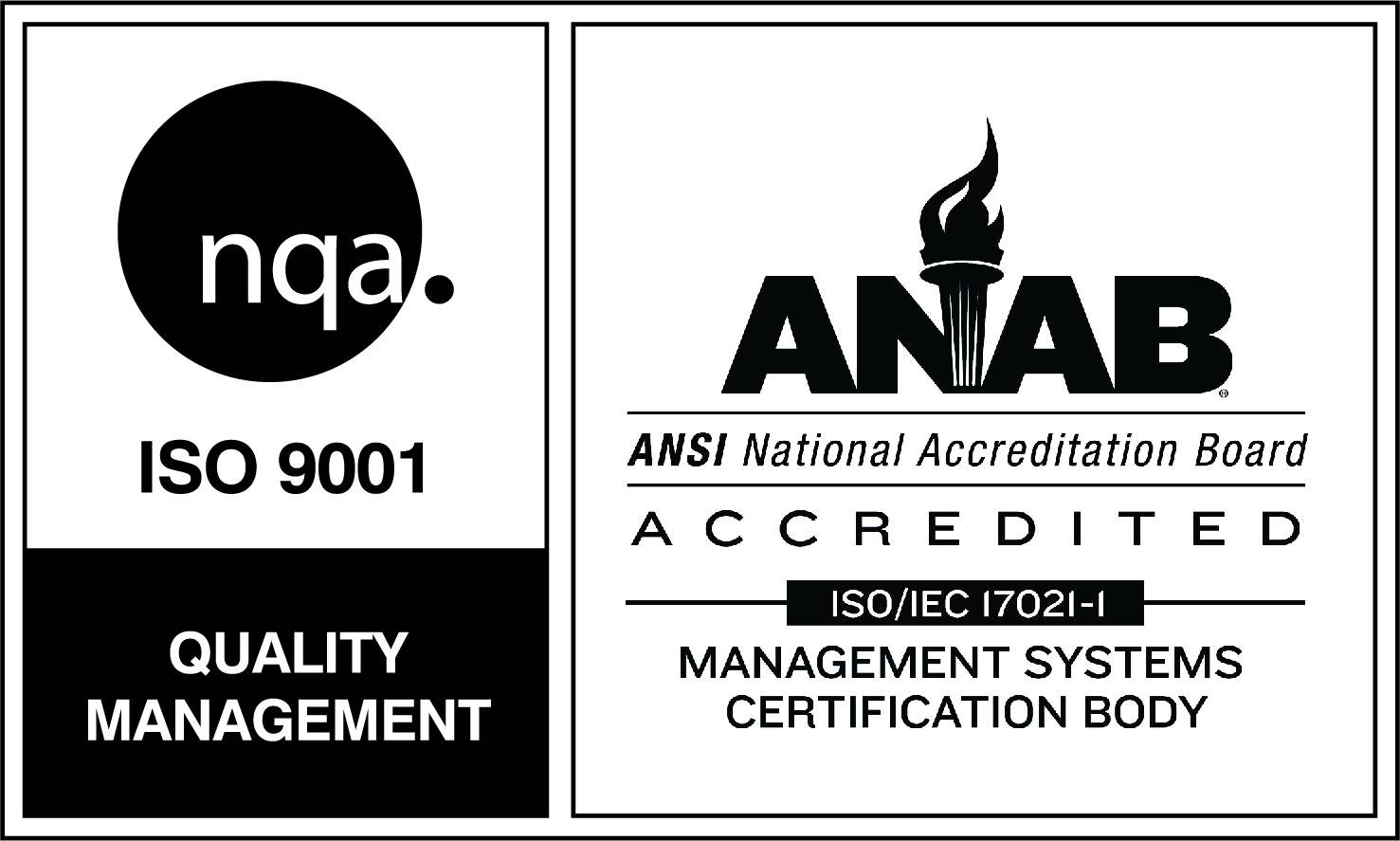Recent global conflicts shed light on the rising impact of unmanned loitering aerial weapon systems in the theatre of modern battlefields. A loitering munition, armed with an integrated warhead, remains airborne within a designated area until it identifies a suitable target, executing an attack through direct collision.
This technology ensures quick responses to concealed threats, enabling mid-flight adjustments or aborts for more precise and selective targeting. Loitering weapon systems have substantially changed the complexion of modern warfare; as a result, technologies supporting these platforms are rapidly evolving. At the center of these systems are power and networking solutions that help flight avionics and onboard systems to maximize operational efficiency and reinforce the myriad of requirements, including surveillance, target recognition, terrain mapping, munitions, and Electronic Warfare (EW) payloads, all while maintaining stealth.
Compact, lightweight, and easily deployable, loitering munitions showcase ground, air, or naval adaptability. Design considerations emphasize the pivotal constraints of space and weight, requiring compact and lightweight power and networking products to fit within the munition's limited allowances. A dependable power supply is vital for sustained operation, mission flexibility, payload support, communication, safety, and the overall reliability of loitering munitions and UAS. The choice of power source significantly impacts stealth, environmental considerations, and overall system effectiveness. In addition, high energy density is essential for supporting extended mission durations, calling for networking solutions that are lightweight, fully integrated, and adaptable for digital battlefields. Effectiveness in challenging environments is paramount for unmanned aerial weapons, demanding seamless integration of communication and motion control devices for flawless performance.
Designers and engineers of loitering munition systems focus on tailoring power supply and networking solutions to meet specific operational requirements and environmental conditions. Their designs result in solutions that address the unique needs of the unmanned weapon platforms and prove robust, adaptable, and reliable across various scenarios. In addition, all the supporting systems that provide power and networking solutions must have a small form factor (FF), maintaining a low size, weight, and power (SWaP) profile. For example, unmanned aerial applications require power delivery systems to be tailored to applications such as loitering, long-range missions, and harsh medium-altitude endurance. Typically, these applications include variable voltage and frequency alternator/generator designs that create a stabilized DC bus coupled with power distribution units (PDUs) that deliver high power output and the ability to work simultaneously with other power converters. In addressing the prevalent challenges of shock and vibration in unmanned aerial systems (UAS) platforms, MIL-STD-compliant switches emerge as a reliable choice. These switches play a crucial role in ensuring the reliability of unmanned systems while demonstrating resilience through rigorous performance testing.
Milpower Source specializes in power supply, management, and networking solutions tailored for the future-facing military. With our diverse portfolio of solutions and in-house capabilities, we can develop mission-driven, purpose-built power supply and networking solutions to enable the next generation of warfare platforms. All by assessing the potential for use in various applications, which may require redesigning and reengineering custom systems from the ground up. Designed to meet military standards such as MIL-STD-461, MIL-STD-810, and IP67/68, our solutions provide a reliable foundation for the demanding operational requirements of loitering munitions and UAS.





